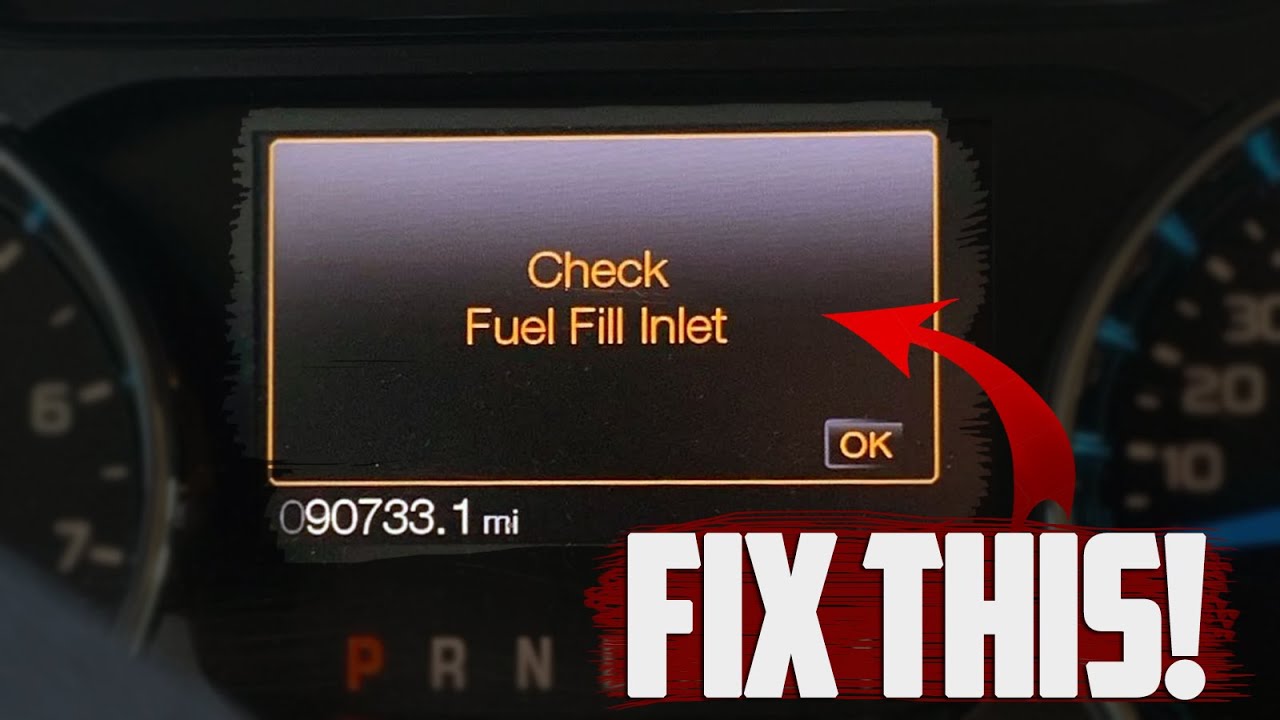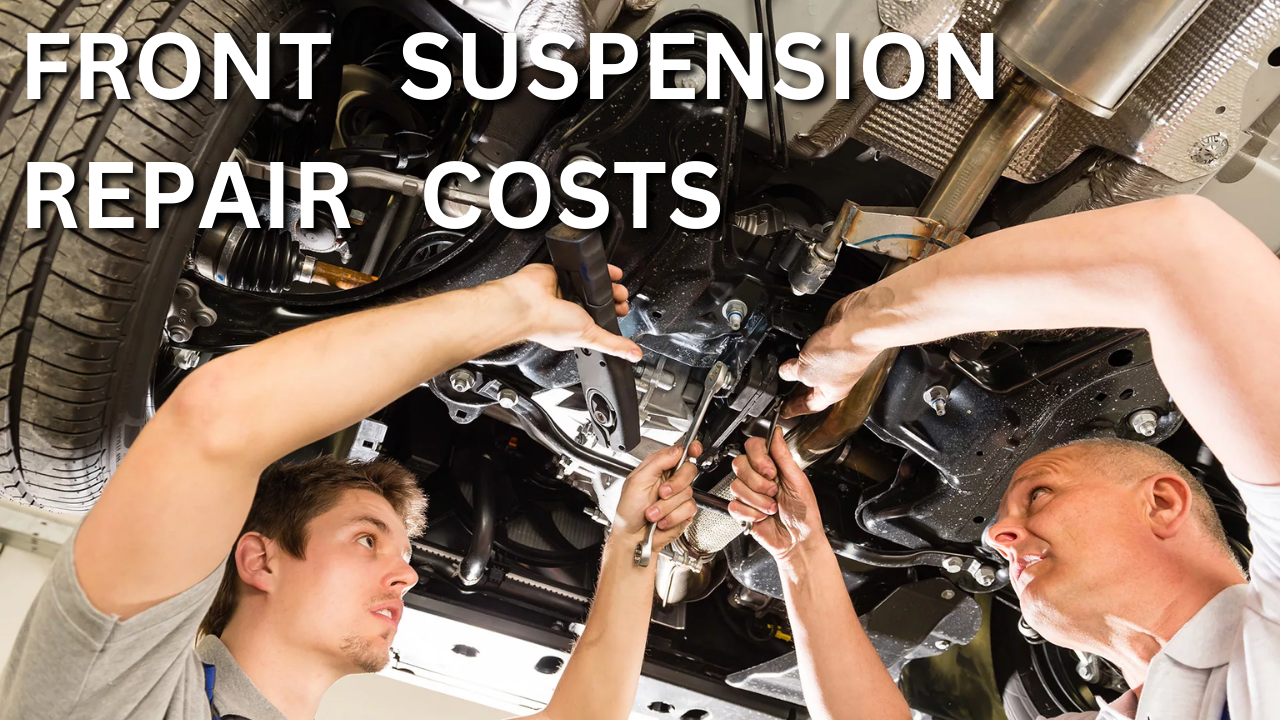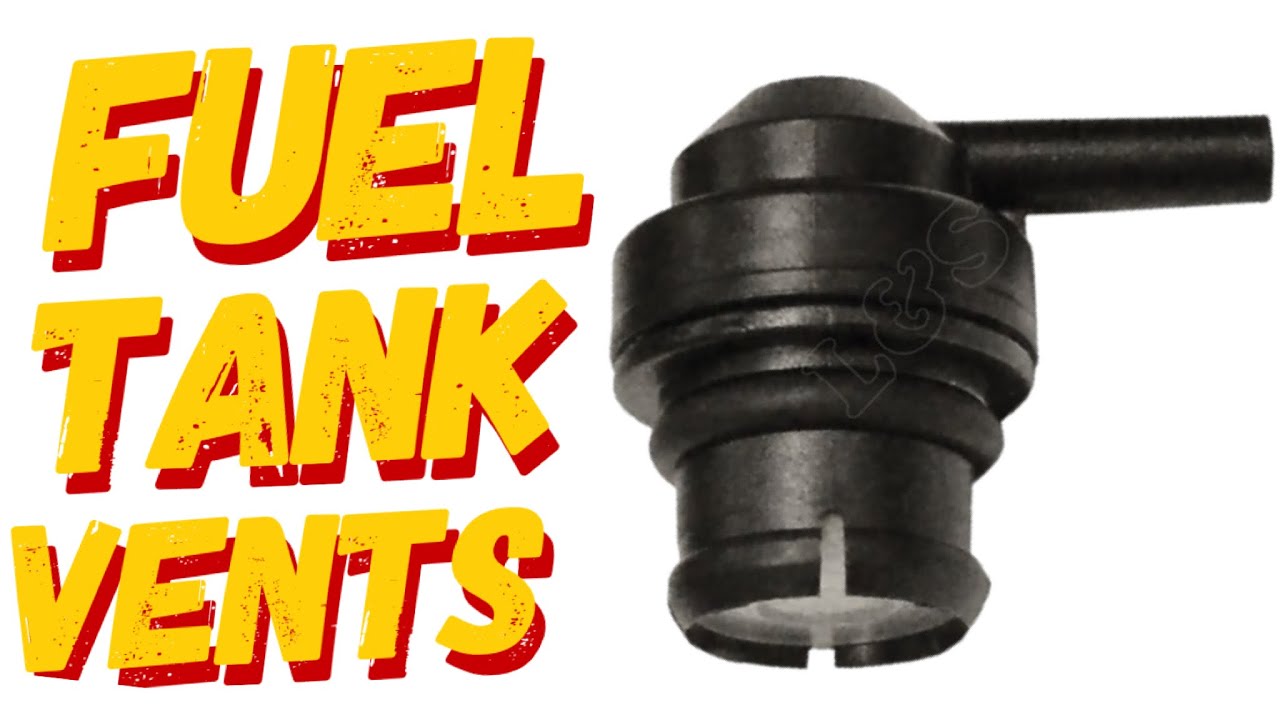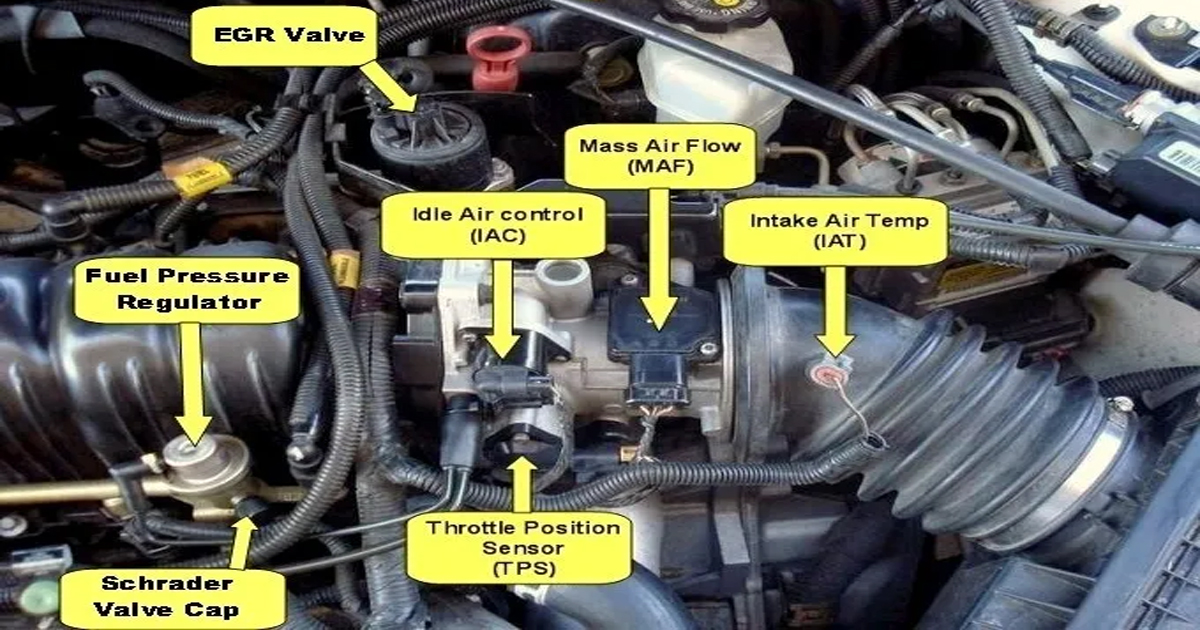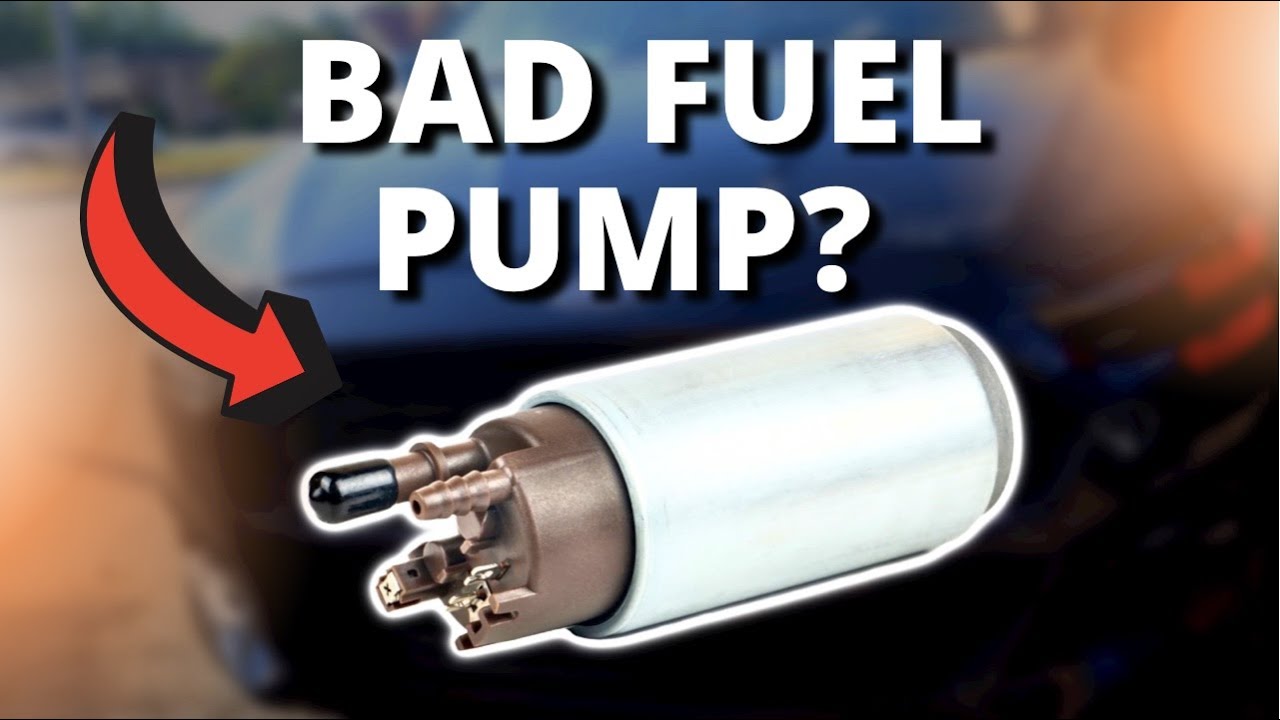Is your car cryptically commanding you to ‘Check Fuel Fill Inlet’? Don’t fret! Dive into our simple guide where we unravel this dashboard mystery, ensuring your next drive is smooth and worry-free!
What does Check Fuel Fill Inlet mean?
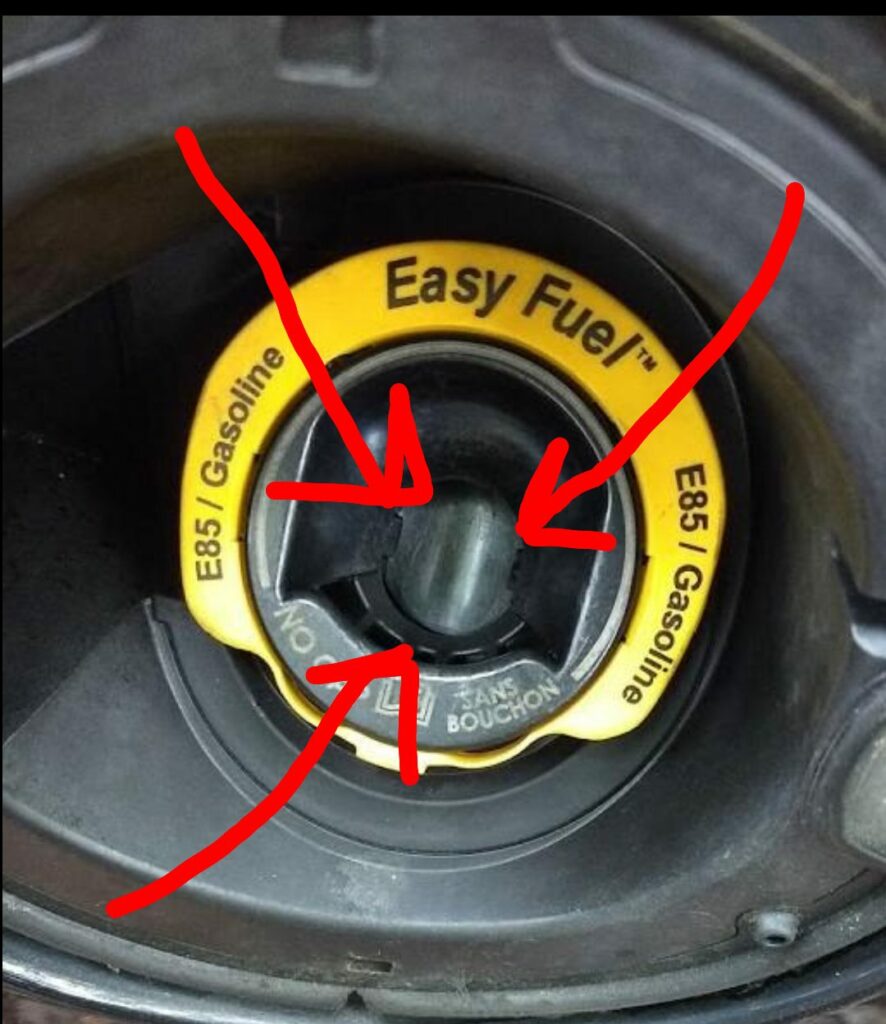
The fuel fill inlet, also known as the fuel filler neck or fuel tank inlet, is the opening through which you insert the fuel nozzle to fill up your vehicle’s fuel tank. It is typically located on the side or rear of the car, often hidden behind a small door or flap. When you see the “Check Fuel Fill Inlet” message, it typically indicates an issue with your vehicle’s fuel system. There are two common scenarios associated with this message:
- Low or Empty Gas Tank: If your fuel tank is running low or is empty, the “Check Fuel Fill Inlet” message may appear. This serves as a reminder to refuel your vehicle and prevent the fuel level from dropping too low, which could potentially damage the fuel system components.
- Poor Gas Flow: Another possible reason for the “Check Fuel Fill Inlet” message is a problem with the gas flow from the fuel pump to the gas tank. This can be caused by a clogged or obstructed fuel filler neck, a malfunctioning fuel cap, or an issue with the fuel system components that control fuel flow.
When you encounter this message, addressing the underlying cause promptly is essential. Refueling your vehicle to ensure an adequate fuel level or checking for any obstructions in the fuel fill inlet, such as debris or a faulty fuel cap, can be the first step in resolving the issue.
Common Causes Of Check Fuel Fill Inlet Warning
The following are the Common Causes of Check Fuel Fill Inlet Warning:
Loose or Faulty Fuel Cap
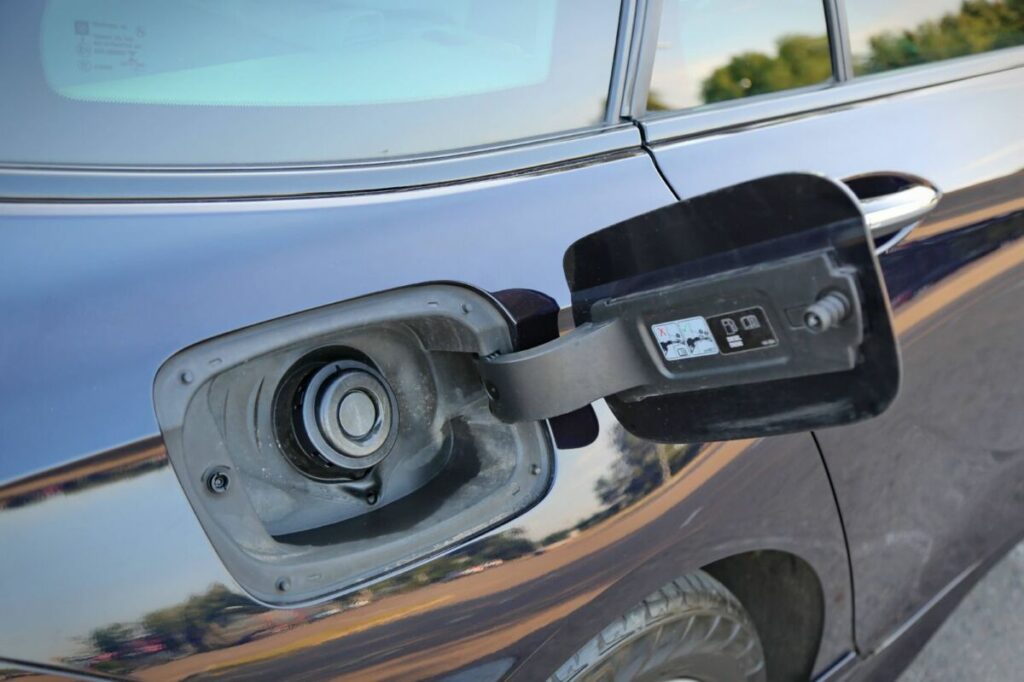
A loose or faulty fuel cap is one of the most common causes of the “Check Fuel Fill Inlet” warning. If the fuel cap is not securely tightened or if it is damaged, it can result in an improper seal. This can lead to a decrease in fuel system pressure, triggering the warning message. Inspecting the fuel cap and ensuring it is properly tightened or replacing it if necessary, can often resolve this issue.
Clogged Fuel Filter
A clogged fuel filter can restrict the flow of fuel from the fuel tank to the engine, causing fuel system issues. Over time, debris, dirt, and contaminants can accumulate in the fuel filter, impeding the proper flow of fuel.
This can trigger the “Check Fuel Fill Inlet” warning as the fuel system struggles to maintain the required fuel pressure. Replacing the clogged fuel filter can help restore normal fuel flow and resolve the warning message.
Malfunctioning Fuel Pump
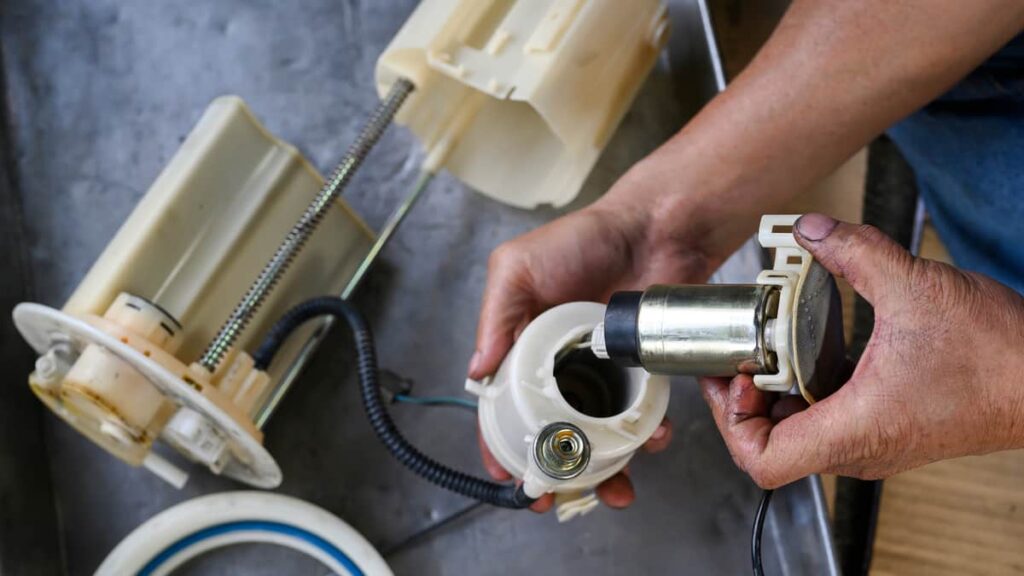
A malfunctioning fuel pump can also lead to the “Check Fuel Fill Inlet” warning. The fuel pump delivers fuel from the tank to the engine. If the fuel pump fails or operates at a reduced capacity, it can result in insufficient fuel flow and pressure, triggering the warning message. A thorough inspection of the fuel pump and, if necessary, its replacement is required to address this issue.
Fuel Filler Neck Obstruction
An obstruction in the fuel filler neck can impede the smooth flow of fuel during refueling, leading to a warning message. Debris, ice, or other foreign objects can block the fuel fill inlet, preventing the fuel nozzle from properly engaging and causing fuel flow issues. Clearing any obstructions from the fuel filler neck and ensuring a clear pathway for fuel can resolve this problem.
Fuel Tank Venting Issues
Problems with the fuel tank venting system can also trigger the “Check Fuel Fill Inlet” warning. The fuel tank needs to properly vent to allow air to enter as fuel is consumed. If the venting system is clogged or malfunctioning, it can create a vacuum in the fuel tank, impeding fuel flow and resulting in the warning message. Diagnosing and repairing the venting system is necessary to address this issue.
Fuel Level Sensor Malfunction
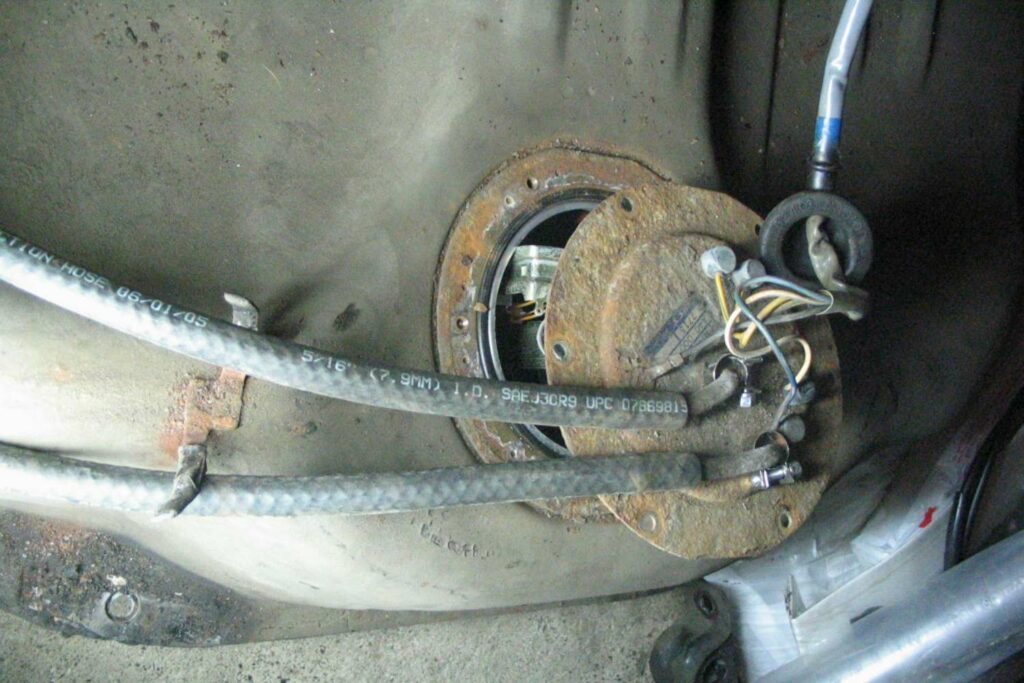
A malfunctioning fuel level sensor can incorrectly detect the fuel level in the tank, leading to the “Check Fuel Fill Inlet” warning. If the sensor fails to accurately communicate the actual fuel level to the vehicle’s computer system, it may trigger the warning message even if there is fuel in the tank. Replacing or recalibrating the fuel level sensor can resolve this problem.
Faulty Fuel Tank Pressure Sensor
The fuel tank pressure sensor monitors the pressure within the fuel system. A faulty sensor can provide incorrect readings, causing the warning message to appear. If the sensor indicates abnormal or inconsistent fuel tank pressure, it may trigger the “Check Fuel Fill Inlet” warning. Replacing the faulty pressure sensor can rectify this issue.
Wiring or Electrical Problems
Wiring or electrical issues within the fuel system can also contribute to the “Check Fuel Fill Inlet” warning. Loose connections, damaged wiring, or faulty sensors can disrupt the proper functioning of the fuel system and trigger the warning message. A comprehensive inspection of the fuel system’s wiring and electrical components is necessary to identify and repair any issues.
How Do I Check My Car’s Fuel Tank Fill Inlet?
To check the fuel fill inlet of your car, follow these steps:
Step 1: Locate the Fuel Fill Inlet: The fuel fill inlet is typically located on the side or rear of the vehicle. It is often concealed behind a small door or flap. Consult your vehicle’s owner’s manual if you are unsure about the exact location.
Step 2: Open the Fuel Fill Inlet: If there is a door or flap covering the fuel fill inlet, open it using the designated release mechanism. This may involve pressing a button, pulling a lever, or manually lifting the cover.
Step 3: Inspect the Fuel Fill Inlet: Visually examine the fuel fill inlet for any signs of damage, such as cracks, dents, or deformities. Ensure that the inlet is clean and free from any debris or obstructions that could impede the fueling process.
Step 4: Check the Fuel Cap: Inspect the fuel cap for any visible signs of wear or damage. Ensure the cap is properly aligned with the fuel fill inlet and the sealing gasket is intact. A faulty or loose fuel cap can lead to fuel system issues and trigger warning messages.
Step 5: Test the Fuel Nozzle Compatibility: While you may not be able to perform this step without access to a fuel pump, it is essential to verify that the fuel nozzle used at gas stations properly fits into your vehicle’s fuel fill inlet. Incompatibility can lead to fuel spillage or an incomplete seal, causing fueling difficulties.
Step 6: Close the Fuel Fill Inlet: After inspecting the fuel fill inlet and ensuring everything is in order, securely close the fuel fill inlet door or flap. Ensure that it is properly latched to maintain a tight seal.
Regularly checking the fuel fill inlet helps ensure its proper functioning and minimizes the risk of fuel system issues.
Tips for Dealing with the “Check Fuel Fill Inlet” Warning Light
Dealing with the “Check Fuel Fill Inlet” warning light can be frustrating, but here are some tips to help you navigate the situation:
Refuel Promptly
If a low or empty gas tank triggers the warning light, it’s essential to refuel your vehicle as soon as possible. Running on low fuel levels can potentially harm your fuel system, and it’s best to maintain a safe fuel level to prevent the warning light from appearing.
Check the Fuel Cap
Ensure that the fuel cap is properly tightened and securely in place. If it is loose, tighten it until you hear a click to create a proper seal. If the fuel cap is damaged or missing, replace it with a new one that is compatible with your vehicle’s make and model.
Inspect the Fuel Fill Inlet
Regularly inspect the fuel fill inlet for any visible signs of damage or blockage. Clear away any debris or obstructions that could interfere with the fueling process. If you notice any significant damage or issues, have it inspected and repaired by a professional.
Seek Professional Assistance
If you’ve checked the fuel cap and fuel fill inlet, but the warning light persists, it may indicate an underlying issue within the fuel system. It’s recommended to consult a qualified mechanic or technician to diagnose and fix the problem. They have the expertise and tools to identify the specific cause and take appropriate measures for repair.
Follow Maintenance Schedule
Adhere to your vehicle’s recommended maintenance schedule, including regular fuel system inspections and maintenance. This can help prevent issues that trigger the “Check Fuel Fill Inlet” warning light and ensure the proper functioning of your fuel system.
Don’t Ignore the Warning Light
Ignoring the warning light can lead to further complications and potentially more expensive repairs down the line. It’s important to address the issue promptly to prevent any damage to the fuel system or other related components.
FAQs
What does the “Check Fuel Fill Inlet” warning mean?
The “Check Fuel Fill Inlet” warning typically indicates either a low or empty gas tank or a problem with the fuel flow within the fuel system. It is a signal to address the issue to ensure proper fueling and prevent potential damage to the fuel system.
Can I continue driving with the “Check Fuel Fill Inlet” warning light on?
While it may be tempting to ignore the warning light, it is generally not recommended. Continuing to drive without addressing the underlying issue could potentially lead to further damage to the fuel system. It is advisable to take prompt action and have the problem resolved as soon as possible.
Why is my fuel cap important in relation to the warning?
The fuel cap plays a crucial role in maintaining proper pressure within the fuel system. A loose or damaged fuel cap can result in an improper seal, causing fuel system issues and triggering the warning message. Ensuring that the fuel cap is securely tightened or replacing it if necessary can often resolve the problem.
What are some common causes of the “Check Fuel Fill Inlet” warning?
Some common causes of the warning include a loose or faulty fuel cap, a clogged fuel filter, a malfunctioning fuel pump, an obstruction in the fuel filler neck, fuel tank venting issues, faulty fuel level or pressure sensors, or wiring and electrical problems within the fuel system.
How can I prevent the “Check Fuel Fill Inlet” warning from appearing?
To minimize the chances of encountering the warning, you can:
- Regularly monitor and maintain an adequate fuel level.
- Inspect and ensure a proper seal of the fuel cap during refueling.
- Keep the fuel fill inlet clean and free from debris.
- Follow your vehicle’s recommended maintenance schedule, including fuel system inspections and maintenance.
Conclusion
The “Check Fuel Fill Inlet” warning serves as an important indicator of potential issues within your vehicle’s fuel system. Whether it signifies a low fuel level, a problem with the fuel flow, or other underlying causes, it is crucial not to ignore this warning. Promptly addressing the issue can prevent further complications and potential damage to the fuel system.
By taking proactive measures such as checking the fuel cap, inspecting the fuel fill inlet, and refueling the vehicle as needed, you can resolve some common causes of the warning. However, if the problem persists or if you suspect a more significant issue, seeking professional assistance from a qualified mechanic or technician is highly recommended.

